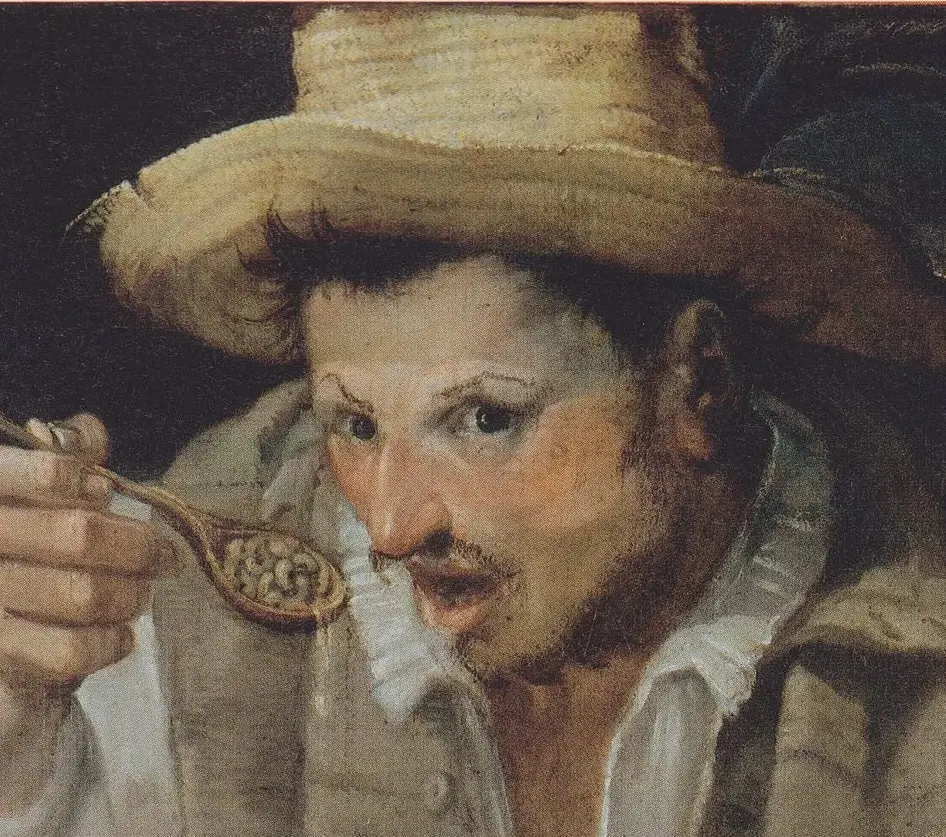Let’s begin with the obvious: Duchamp’s Fountain really was a urinal. Not a painting or sculpture of a urinoir – though the latter might raise interesting philosophical questions – but the real thing, a token of a particular type – there were many visually indistinguishable urinals that came off the same production line. And just as importantly, Duchamp had no involvement whatsoever in designing or making the urinal that was the raw material for his artwork. His contribution was to sign the urinal, and exhibit it as art.


It helps to contextualize this work in the movement it was part of: Dada. After the invention of photography the fine arts community was dealing with a crisis: painting was the primary form of art, and painting was meant to capture reality faithfully. Photography turns that on it’s head and we get the beginnings of modern art with the Ashcan school in 1900 which makes everyday life, including the lives of the less fortunate, an acceptable subject of painting (previously it was nearly all portraiture, landscape and scenes from history or fiction).
Less representative paintings give way to abstract art, and just 19 years later we see that artists are pushing the bounds of what is considered “art”. Duchamp and company were asking the question of “what is art” with each new piece and the overall movement of Data and it’s descendants such as Fluxus has investigated that boundary for more than 100 years.